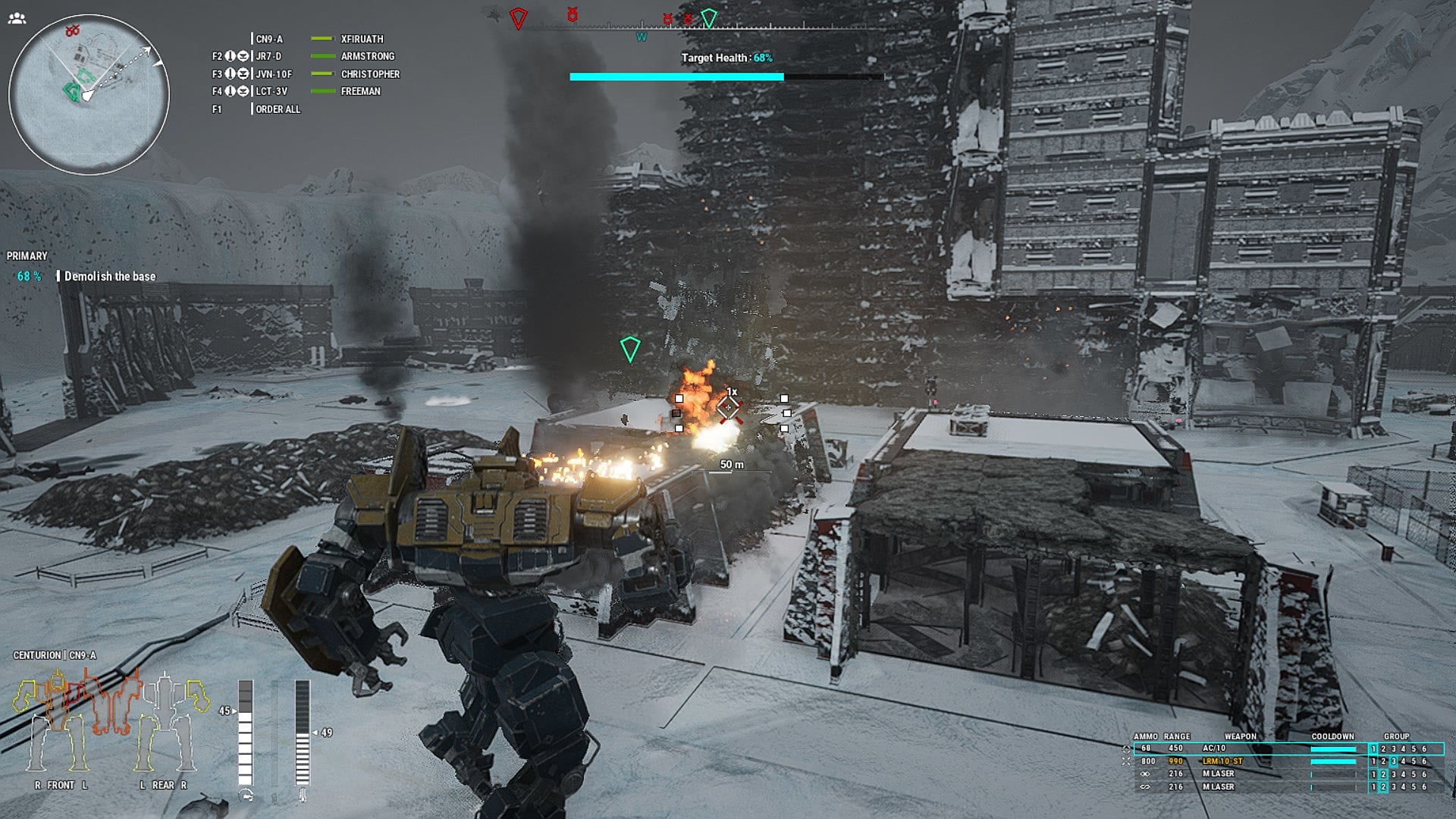
Sega weren't trying to shift Hikaru or Naomi 2 as a home system for 3rd parties, so your point is null.Īs a Sega fan, I shouldn't need to provide Yu with Yu Suzuki's criticisms of the Saturn hardware. And for shits and giggles here, is the later SH4-A at 600 mHz: and there are references on the web to 266 mHz embedded variants too. Hitachi actually still list a 240 mHz embedded variant of the crusty old SH4 on their website (which, unsurprisingly, fits in perfectly with what over clockers of 1999 processors found): Higher clocks later on are a certainty, especially given greater power and cooling. 200 mHz was the top speed for the embedded SH7750 that began shipping in Japan in Jan 1998, most likely for Naomi (as a major customer, Sega were involved with the processors development) There is no doubt that the SH4 could reliably go to above 200, but not within the power and cooling limits of the March 1998 launch of Naomi. I gave the figures for DC overlocks: ~230 on air 250+ with boosted cooling. Just because you need correcting, I'll point out that I didn't say that people are overclocking their DC's to 400 mHz. Making games even on easy to dev form platforms is still not "easy" but Saturn despite being "difficult or hard" did not mean it was preventing games from being made, let alone legendary games that contradict the "difficult to dev for" mantra. I called out the posted fictitious "Yu Suzuki statements claiming Saturn was wrong" as stated by Function whom I have quoted and called out on said false statements.īeing the difficult platform to dev for, Saturn game production ramped up.but again please note the Japanese game lineup as the outside Japan lineup suffered from in part, Bernie Stolar blocking many Japanese games being localized.Īlso note that Capcom is and was a third party and they developed Final Fight Forever fighting game that required the 4MB expansion ram cart in Japan only. In fact the VDP2 was the "additional processor" that was added during re-engineering it's design as the dual SH2 set up was there all along since inception. and Europe) of not having an Official Sega print magazine (Sega Visions) giving coverage and information instead of the segmented and comparison information from the other print magazines which just did not help Sega's cause at all.Īs far as exaggerated Saturn sales numbers, compared to what? Sony PlayStation 1 was doing well but Sega was gaining like they never had before with Master System and MegaDrive/Genesis.we all who care to know, know that.īadly designed in comparison to PlayStation 1 correct? that has been the swan song for maligning Sega's Saturn engineering choices.

Hayao Nakayama did give the SoA/SoE some freedom here and there but Saturn was "surprisingly" selling well enough for a new platform in Japan mainly because of the Virtua Fighter 2 phenomenon.Īs far as "not listening" apparently Hayao Nakayama did "actually listen" when the whole 32X thing was being talked and approved even when Saturn was in development instead of just staying focused on the Saturn development and launch and more importantly the promotional work which in hindsight I have mentioned was a major flaw (besides SegaCD and 32X and surprise Saturn launch in N.A.
#When does shenmue 3 come out series#
While the game was never 1:1 arcade perfect, in terms of gameplay it was helping the movement of gamers there.įighters Megamix was serving as a "training introductory tool" to help gamers become familiar with the upcoming or contemporary Virtua Fighter 3 which besides Yu Suzuki, the Virtua Fighter series and it's success in sales in arcades and Saturn is what helped inspire the idea to make the Virtua Fighter RPG which eventually became Shenmue. If you study the Japanese Saturn's first three retail years alone, from November 1994 to November 1997, Sega had many variations of Virtua Fighter to capitalize on the phenomenon in the arcades. Next Generation Print magazines, Gamefan, EGM and probably Gamepro during the time of the Japanese Saturn launch had all, if they had (but more specifically "Next Generation magazine") reported that sales of Sega Saturn, along with Virtua Fighter 1 port, as flawed as it was, was actually selling on a one to one ratio and numbers were of THAT time considered good, successful sales numbers.


 0 kommentar(er)
0 kommentar(er)
